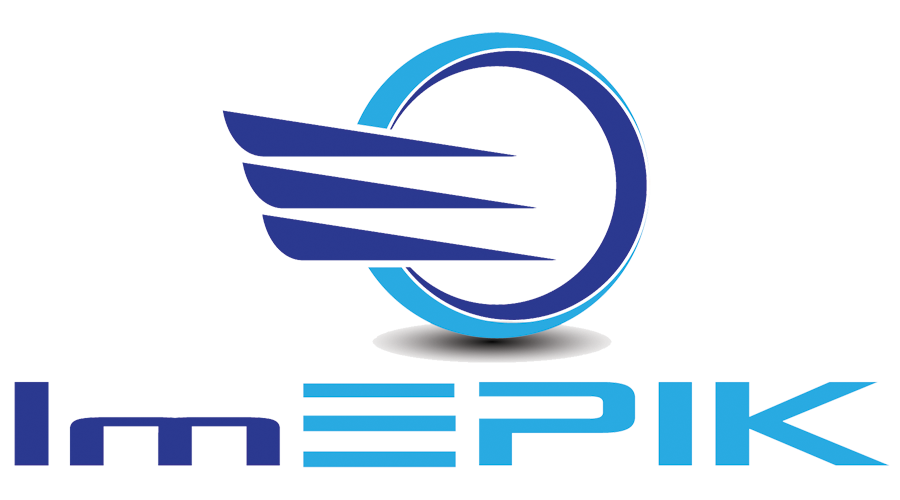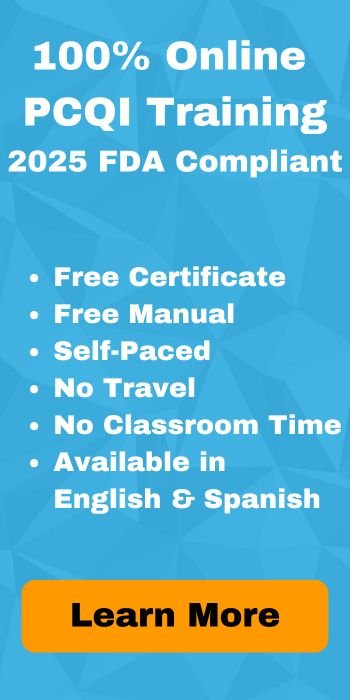The Food and Drug Administration announced its New Era of Smarter Food Safety initiative in April 2019 to help create a safer and more traceable food system.
This blog from ImEPIK will highlight the importance of food traceability, the need to harness innovative food safety technology to enhance the process, and the steps the FDA is taking to help the food industry achieve traceability goals.
Why is Traceability Important in Food Manufacturing?
In recent years, consumer preferences have elevated the importance of transparency in the food supply chain. Shoppers want to know about growers and suppliers of ingredients, as well as the story behind a brand. As a marketing tool, that information is powerful in forging trust with consumers.

However, the main driver of improved traceability in the food supply chain is to aid regulators and health officials trace a product should it become the subject of a foodborne illness investigation. It’s undeniably in the manufacturer’s best interest to quickly pinpoint when and where a product was shipped, what equipment was used, and who supplied the raw materials.
Although fresh and ready-to-eat foods, such as certain fruits, vegetables, and deli items, lack a pathogen “kill step” and carry higher foodborne illness risks, prepared and shelf-stable foods are not immune from recalls and investigations. For example, pathogens in peanut butter, flour, and raw cookie dough have made headlines in recent years. Recalls can also be triggered by unintentional adulteration during processing (glass or other material in the product) or a labeling mistake that left allergens off the ingredient list.
Technology is Fundamental in Modernizing Traceability Systems
In July 2020, the FDA released the New Era of Smarter Food Safety Blueprint, which outlines the agency’s approach to updated food safety goals over the next decade. The blueprint outlines four core elements of the “New Era” initiative:
- Tech-Enabled Traceability
- Smarter Tools and Approaches for Prevention and Outbreak Response
- New Business Models and Retail Modernization
- Food Safety Culture
While the FDA cited several reasons for establishing the New Era of Smarter Food Safety, the lack of technology used to document the flow of raw products and ingredients in the supply chain was at the forefront.
According to the Blueprint, records tracking foods are still largely paper-based and sometimes incomplete, hampering outbreak investigations. Finding the sources of recurring E. coli outbreaks from romaine lettuce, in particular, has been difficult, according to the FDA.
“During an outbreak, this can cost lives, millions of dollars in avoidable product loss, and damage to consumer trust,” the FDA noted in the Blueprint. “As has been seen with outbreaks in fresh leafy greens and other foods over the past decade, anonymity and lack of traceability in the food system are an Achilles heel that hinders more significant progress in rapid traceback efforts to identify contaminated foods.”
Recent Developments in Food Traceability
In September 2020, the FDA released a proposed Food Traceability Rule that requires more extensive recordkeeping and tracking for specific foods. The proposed list of foods includes leafy greens and various other vegetables, herbs, certain fruits, some cheeses, eggs, and crustaceans.
The FDA plans to release a final version of the Food Traceability Rule by late 2022. In its current form, the proposed rule doesn’t require companies to maintain electronic traceability records. Still, they must provide electronic, sortable spreadsheets to regulators within 24 hours of a request for the information.
The agency recently announced the winners of its New Era of Smarter Food Safety Low- or No-Cost Tech-enabled Enabled Traceability Challenge. The challenge sought submissions in June and July, and 12 of the 90 submissions earned the FDA’s recognition. Frank Yiannas, the FDA’s deputy commissioner for food policy and response, said the highlighted entries use a variety of approaches, platforms, and technical designs.
“This is so important because the cost of such technologies can be a barrier to adopting tech-enabled traceability systems,” Yiannas said in the Sept. 13 announcement. To achieve end-to-end food traceability throughout the food supply system, accessible solutions are needed that are affordable and can scale to encourage widespread adoption.
The winning proposal videos may be found below:
- atma.io: Item-level traceability throughout the supply chain.
- FarmTabs: Free software to help small and mid-size farmers manage traceability and farm-related metrics.
- Freshly: Traceability and batch-tracking software for small businesses.
- HeavyConnect: Cloud-based traceability and compliance documentation solutions.
- Kessler: Generates item-level identifiers and associated datasets at the grower level.
- Mojix: Links traceability events for each individual item and/or lot throughout the food supply chain.
- OpsSmart: Cloud-based solution to meet food safety, recall management, and traceability needs.
- Precise: End-to-end supply chain tracking using geospatial, machine learning, and Internet of Things technologies.
- Roambee/GSM/Wiliot: IoT sensor tags in combination with shipment visibility and verification technologies.
- Rider: Simplifies capturing, securing, and sharing critical event data along supply chains.
- TagOne: Updates an open-source blockchain platform, leverages industry standards to ensure interoperability, and ensures ease of use and data security.
- Whole chain: Supply chain traceability using blockchain technology, in collaboration with Mastercard.
For more information on “New Era” developments, follow the FDA’s quarterly podcast, TechTalk. The first episode, “Tech-enabled Traceability in the New Era of Smarter Food Safety,” brings together experts from the Institute of Food Technologists, FMI: The Food Industry Association, and GS1 US.
ImEPIK’s Food Safety Training for Convenient Qualification
ImEPIK’s 100% online training PCQI course is designed to help companies in the U.S. meet the obligations of the Food Safety Modernization Act. A similar course for employees of Canadian companies focuses on Safe Food for Canadians Regulations.
The interactive courses allow employees to proceed at their own pace and include project-based activities to maximize engagement and understanding.
Contact us today to learn more about how our courses can keep you in compliance with the latest regulatory requirements.

